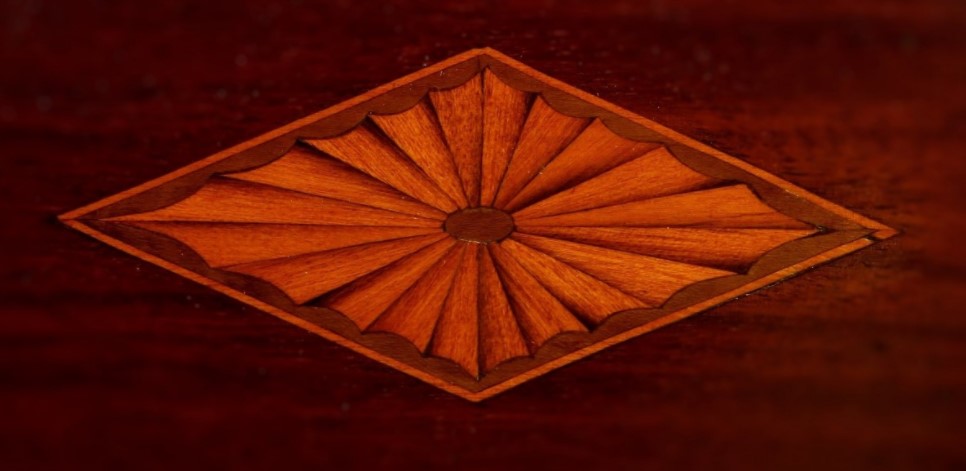Veneer
Contents |
[edit] Introduction
Veneer can be defined as a thin sheet of material that has been fixed to a base material. Typically, the sheet of material is a type of decorative wood that adheres to the a carcass.
Veneer is typically an expensive material that may be rare or highly decorated. Some veneers include marquetry or parquetry inserts inlaid into a larger section of veneer. The material used as the base underneath the veneer may be softwood or even laminated board. In some instances, a solid material may be used - particularly in the case of furniture.
[edit] History
There is evidence that veneer was used in Ancient Egypt with examples found in the tomb of Tutankhamen. The technique became more widely used in England, Italy and France in the 16th century.
As global exploration increased in the 18th century, new types of wood (such as mahogany and Brazilian rosewood) were used for furniture making. Marquetry veneers also began to incorporate exotic and semi-precious materials such as brass, ivory and tortoiseshell.
By the early 19th century, veneers were less elaborate in terms of decorative patterns but their use became more widespread. Veneer would be used over the entire carcass of the item, but decorations would be simple, incorporating linear patterns or floral designs. In the Victorian age, the imperfections of solid wood furniture could be covered by veneers of the same material but of a better quality and finish.
[edit] Modern uses of veneers
Modern veneers are typically glued onto the base surface. They can be manufactured into extremely thin materials and may not even be apparent. Some veneers are made from wood but there are plastic veneers as well.
Laminated veneer lumber (LVL) is a type of high-strength engineered timber that can be used as an alternative to solid timber, concrete and steel for structural applications. It is manufactured by bonding rotary peeled or wood veneers that have been sliced thinly under heat and pressure.
There is also a brick veneer (or brick slip) which is a thin layer of brick that is used as a surface finish rather than a structural one. Brick veneers can be used for both indoor and outdoor applications and can be applied to almost any surface. A range of special brick slips are available for certain conditions (such as corners) to continue the illusion that walls are constructed from full bricks.
[edit] Related articles on Designing Buildings
Featured articles and news
Infrastructure that connect the physical and digital domains.
Harnessing robotics and AI in challenging environments
The key to nuclear decommissioning and fusion engineering.
BSRIA announces Lisa Ashworth as new CEO
Tasked with furthering BSRIA’s impressive growth ambitions.
Public buildings get half a million energy efficiency boost
£557 million to switch to cleaner heating and save on energy.
CIOB launches pre-election manifesto
Outlining potential future policies for the next government.
Grenfell Tower Inquiry announcement
Phase 2 hearings come to a close and the final report due in September.
Progress from Parts L, F and O: A whitepaper, one year on.
A replicated study to understand the opinion of practitioners.
ECA announces new president 2024
Electrical engineer and business leader Stuart Smith.
A distinct type of countryside that should be celebrated.
Should Part O be extended to existing buildings?
EAC brands heatwave adaptation a missed opportunity.
Definition of Statutory in workplace and facilities management
Established by IWFM, BESA, CIBSE and BSRIA.
Tackling the transition from traditional heating systems
59% lack the necessary information and confidence to switch.
The general election and the construction industry
As PM, Rishi Sunak announces July 4 date for an election.
Eco apprenticeships continue help grow green workforce
A year after being recognised at the King's coronation.
Permitted development rights for agricultural buildings
The changes coming into effect as of May 21, 2024.






















